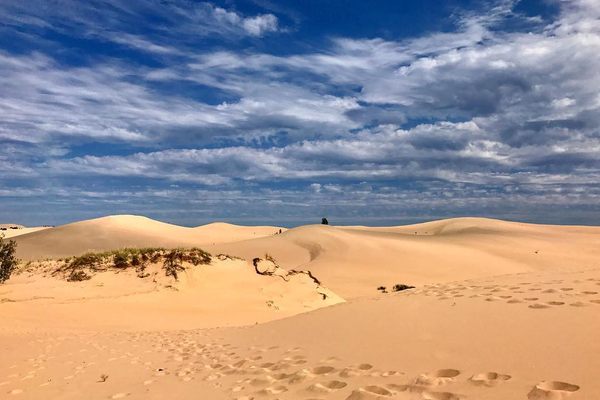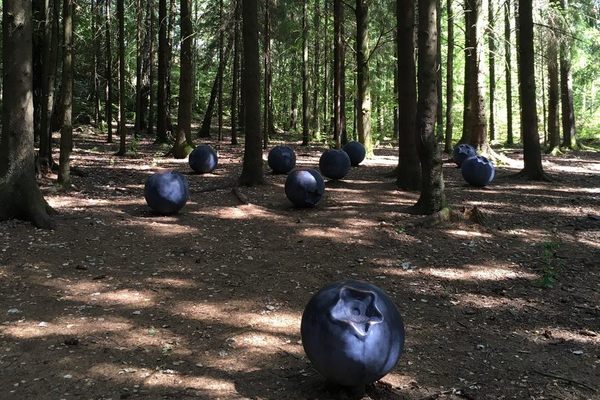About
In 1895, Octavia Hill, Robert Hunter, and Hardwicke Rawnsley founded England's National Trust to protect and preserve natural places, historic buildings, and works of art in England and Wales. "We all want quiet. We all want beauty...We all need space. Unless we have it, we cannot reach that sense of quiet in which whispers of better things come to us gently," said co-founder Octavia Hill.
Today the much-loved National Trust has more than 5 million members and looks after more than 780 miles of coastline; more than 250,000 hectares of land; more than 500 historic castles, houses, parks, and gardens; and close to one million works of art. To celebrate the centenary of the National Trust in 1995, the Trust commissioned artist Peter Randall-Page to create the Hundred Year Stone, also known as the Centenary Stone.
At first glance, the work of art appears to consist of two stones, yet his unusual piece of craftsmanship began life as one large volcanic boulder from the nearby Borrowdale Valley before being split in two by the sculptor. Concentric twists and turns are carved into each open face. This unusual creation can be found at Calfclose Bay on Derwentwater, one of the beautiful blue gems of the English Lake District.
When water levels on Derwentwater are low, the Hundred Year Stone sits by the lakeside on a small, stony beach. But, depending on recent rainfall, the sculpture may lie partially or even wholly below the water's surface. (You may wish to check recent weather reports before you visit.)
Related Tags
Know Before You Go
The Hundred Year Stone is a straightforward six-mile walk from Keswick, England. You can also travel by boat from Keswick to Alness Bay and take a shorter, 15-minute walk to Calfclose Bay.
Published
March 8, 2024































